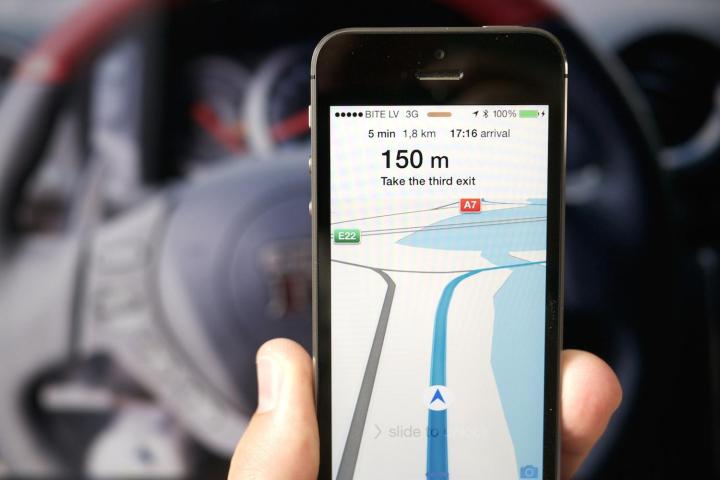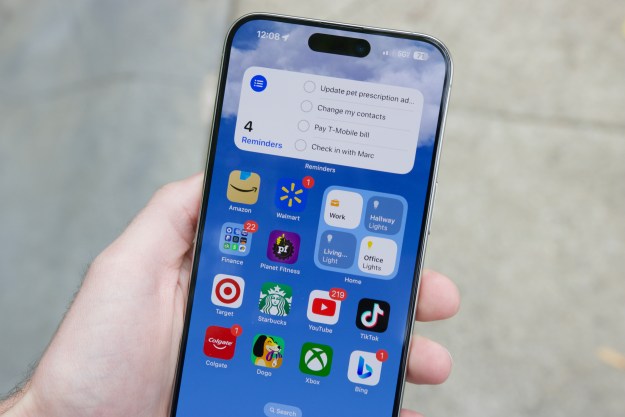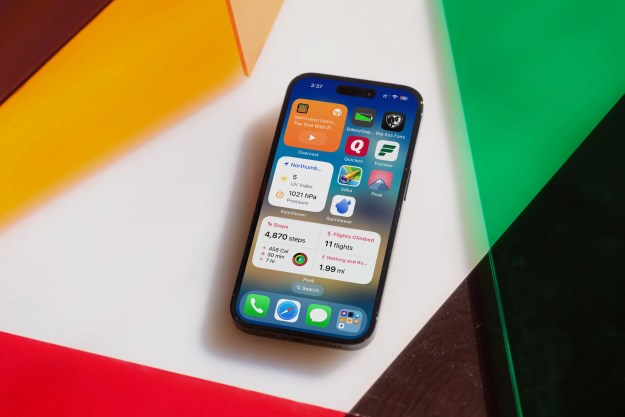
Sustained public pushback motivated Apple chief Tim Cook to take the extraordinary step of suggesting “alternative” apps until Apple engineers could stabilize things, and was apparently a motivating factor in iOS software chief Scott Forstall’s dismissal. But that wasn’t all the disastrous launch caused, apparently. In an interview with Fast Company, Eddy Cue, Apple’s senior vice president of software and services, revealed that Maps was the impetus for the public iOS beta Apple launch two years ago.
“We made significant changes to all of our development processes because of [Maps],” Cue told Fast Company. “To all of us living in Cupertino, the maps for here were pretty darn good. Right? So [the problem] wasn’t obvious to us. We were never able to take it out to a large number of users to get that feedback. Now we do,” he said.
According to Cue, Maps tested well internally, but Apple’s engineers lacked a sample size large enough to anticipate its many misbehaviors. A paucity of mapping data contributed, too — as reported by The Verge and others, the Cupertino firm was forced to cobble together maps from several vendors (it used TomTom’s data in the U.S., but other services internationally). And development resources stretched thin further exacerbated the issues — there were only “dozens of people” working on Maps prior to its public debut as compared to Google’s “hundreds” of Google Maps engineers and “thousands” of location data specialists.
The predictable result? Widespread inconsistency, inaccuracy, and general incompetence. Shortly after Maps’s launch in 2012 alongside iOS 6, Canadian developer Jason Matheson ran a well-publicized test which showed that of 2,028 place names, Apple’s navigation app listed 551 incorrectly and omitted 688 entirely. And then there’s the infamous case where Fairbanks, Alaska drivers were instructed by Maps’ turn-by-turn feature to cross the Fairbanks International Airport’s runway, and the 35-acre Airfield garden and farm in Ireland that was mislabeled with an airport icon.
“We had completely underestimated the product, the complexity of it,” said Cue. “All the roads are known, come on! All the restaurants are known, there’s Yelp and OpenTable, they have all the addresses. The mail arrives. FedEx arrives. You know, how hard is this?”
Maps has come a long way since then. It has overcome the internal management issues that dogged its engineers in 2014. It gained public transit directions and “more accurate mapping data” last year. And in March, Apple announced the opening of a new development office in Hyderabad, India that will staff a team of 4,000.
And Cue largely credits the launch of Apple’s first public iOS beta test in early 2014: iOS 8.3. Previously, iOS developer builds required a $99-per-year subscription, but Apple launched a free, public program with built-in mechanisms for providing feedback two years ago. Since then, it’s expanded the scope of its beta program to include MacOS, previously OS X. “The reason you as a customer are going to be able to test iOS is because of Maps,” said Cue.
As for Apple’s future Maps and beta plans, Cue didn’t elaborate. But artificial intelligence might have something to do with it, he hinted. “You’re trying to determine what are the features, what are the ways it can work really well, what are customers looking for, and what are the things you can do that are going to improve their lives,” he said.
Editors' Recommendations
- An Apple insider just revealed how iOS 18’s AI features will work
- This one thing could make iOS 18 the best iPhone update in years
- The 7 biggest features we expect to see in iOS 18
- We now know when Apple is adding RCS to the iPhone
- iOS 18 could make my iPhone look like Android, and I hate it


